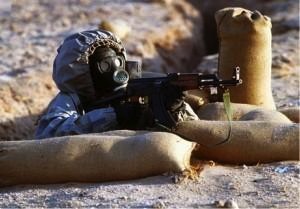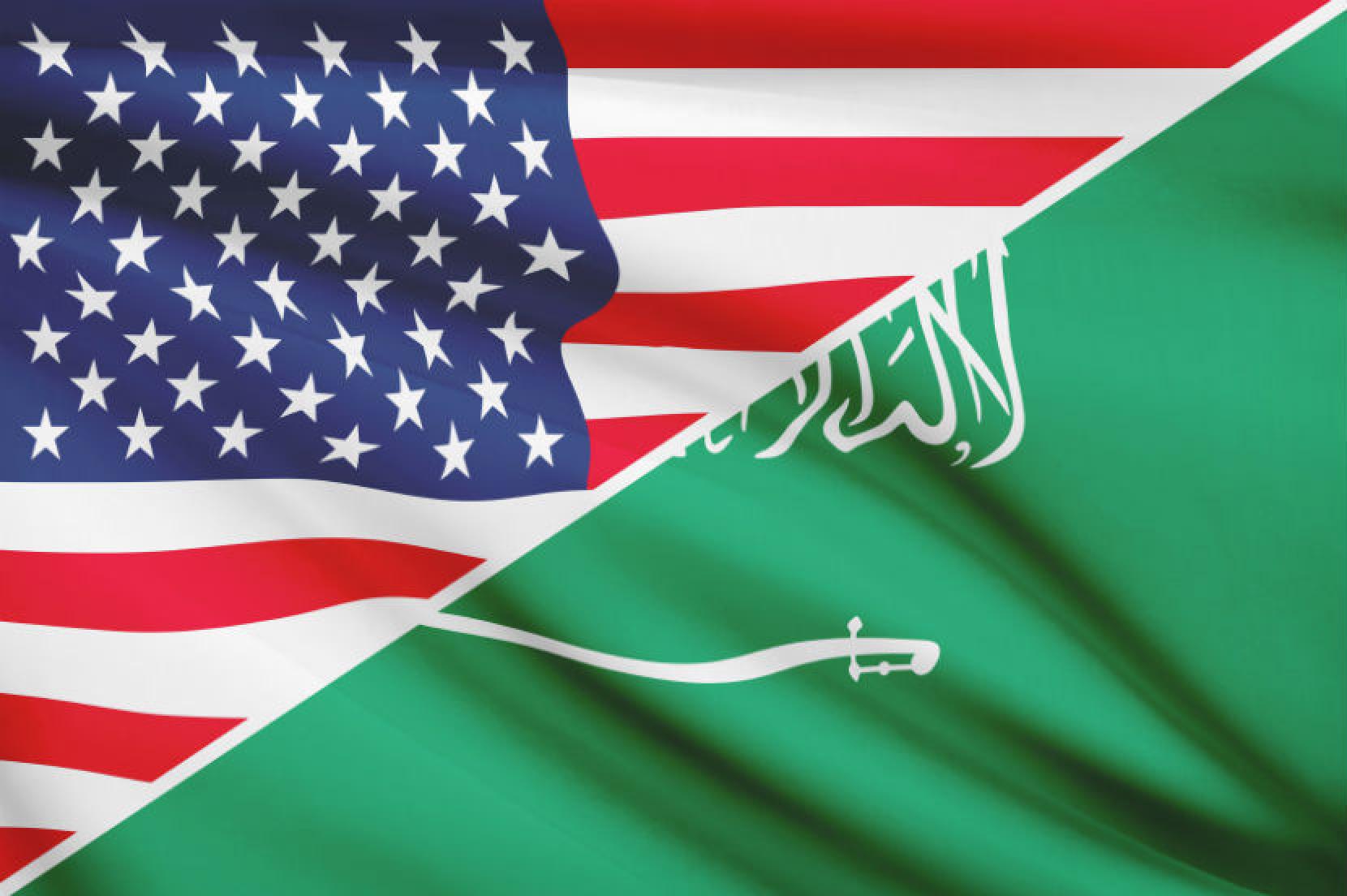By: Michael Ingram

Syria has been tearing itself apart from the inside out for over two years, and recently, the greatest fears of many of the world’s observers may have at last been confirmed. At least 25 people, mostly women and children, have been the victims of an alleged chemical weapons attack in the northern town of Khan al-Assal in the most populated Syrian governorate of Aleppo. This has the potential to escalate the conflict in an unprecedented manner. Yet, as with the entire Syrian civil war, information needs to be taken with several grains of salt.
The government claims the rocket was launched by “terrorists,” the thinly-veiled regime terminology for the diverse groups comprising the rebel front. The rebels shot back with their own accusations that the government was behind the attacks. This unsurprising response leaves us no closer to understanding the truth. Further still, there is no confirmed evidence that a chemical attack occurred, rather than a conventional bombing. Claims of a chlorine smell, associated with chemical weapons, may just be a similar odor made by high yield explosives according to chemical weapons expert Hamish de Bretton-Gordon. Though Syrian mustard gas does contain chlorine, photographs show the wounds sustained by the victims are inconsistent with that weapon. Potentially, the only chemical warfare that has taken place has been thorough acidic propaganda from both sides. Despite the uncertainty, the threat of chemical warfare is real, and America cannot make the decision over what to do lightly.
The question of when chemical weapons will be used in Syria has occupied the minds of many for the last two years, and the reality is that the further this conflict continues, the more likely these accusations will become actualized. But America must tread carefully in dealing with this potentially new development. If the regime uses chemical weapons, we could be dealing with human rights abuses unseen since Saddam Hussein’s al-Anfal campaign. If the seedier elements of the opposition gain control of stockpiles, they may export them to radical Islamic offshoots in other countries. The potential for atrocities by both sides within Syria is high, as ethnic and sectarian tensions flare amidst the fighting. Either way the situation ends badly with Syria’s chemical weapons. We must be smart in our response, and if the history of the civil war tells us anything it is that we should not act too hastily, as things are often more complicated than they initially seem.
The Obama administration has had a stern tone about the ramifications of the use of chemical weapons. Beginning last August, the president said that the deployment and usage of these weapons could be a catalyst for direct U.S. involvement. He echoed these sentiments last Wednesday, stating if the allegations were true it would be a “game-changer” and necessitate action from the international community. Unfortunately, the measured stance taken by the administration is not uniformly held throughout the government. Sen. Lindsay Graham (R-S.C.) is calling for America to unilaterally secure weapon stocks and production facilities or even deploy troops in Syria. While the proliferation of Syria’s chemical weapons must be monitored and stopped, there are several key variables that make Graham’s suggestions seem half-baked.
America’s military readiness has recently taken a hit due to several factors. First, the sequestration will prompt cuts in large swaths of the Department of Defense war chest, while a Syrian invasion would require an increased mobilization of resources to support the extensive operation. Furthermore, the military is currently preparing for a pivot to the Asia-Pacific region, which may be disrupted by forced cuts. Coupled with the winding down of operations in Afghanistan and Iraq, the reshuffling of military capabilities presents a logistical and funding nightmare. The timeframe is simply not an ally to the United States. The American public would most likely be resistant to rekindling U.S. involvement in the Middle East, especially in a conflict that has the potential to spill over into a wider, much more perilous regional conflict. This is not to say that the American military could not handle this operation, but an international solution would be more beneficial for all parties involved. NATO has prepared preliminary plans for implementing a no-fly zone and for providing military support to the opposition, though member states have yet to formally craft a unified solution. A Syrian invasion would be a hard pill for America to swallow, and conditions on the ground paint an unsavory picture of the realities of United States participation.
There was a reason it took the United States so long to come to a decision about announcing support for the opposition. As mentioned earlier, the Syrian civil war is a mess of misinformation. Islamist militant groups often fight alongside pro-democracy secular groups. Smaller religious groups such as the Christians and Druze continue to support the government out of fear of reprisal by the Sunni-dominated opposition. As evinced by the aftermath of the revolutions in Egypt and other Arab Spring states, not to mention American assistance to the Taliban during the Soviet invasion in Afghanistan, the groups that may be paving the way for change could produce even more radical governments with staunchly anti-American agendas. Any decision the American government makes will have long lasting consequences that we can only attempt to comprehend at the present time. The regime also has ample opportunities to strike back in the event of an influx of American troops. It will be a tough nut to crack.
An invasion of Syria would not be a cut-and-dry affair. The first step in any American attack plan would involve penetrating the Syrian missile defense system. Syria has taken strong measures to ensure it wields a capable counter to any air campaign; its air defenses are both widely dispersed throughout the country and advanced due to contributions from its dedicated hardware peddler Russia. It could take weeks of sustained bombardment to unhinge anti-air batteries and safely introduce troops to the battlefield. However, there may be silver lining around the advanced nature of the new defense systems; Syrian soldiers may not have the experience to effectively use them in response to a large-scale aerial attack. The same holds true for their experience with chemical weapons. The initial Iraqi experiences with chemical weapon deployment were checkered, and the Syrians do not have the years of real world practice or highly concentrated pockets of resistance that favor effective chemical weapon usage. Regardless, in the event of a drastic increase of chemical attacks, we may simply not be able to stop the worst of the killing in time without accepting an intolerable number of casualties ourselves.
Further compounding the difficulty of securing Syria’s chemical weapon stocks is the nature of opposition’s pressure on the Assad regime. The Pentagon estimates there are about 50 weapon production sites around the country, in addition to storage areas and research centers. But with rapid gains by the opposition across the country, intelligence may have a hard time following the movement of materials. Naturally, the intelligence community has viewed monitoring Syria chemical weapons as imperative, but there is almost no way to know if they are 100 percent accounted for. The manpower required to effectively secure such a wide range of infrastructure is also quantifiably unsatisfactory. Military assessments conclude that simply securing Syria’s stockpiles would require 75,000 troops, and that is before any attempts to confront Assad’s army head on or assist the rebels. The alternative is equally unpleasant. If the United States conducts air strikes, there is the risk of unintentionally releasing agents such as the aforementioned mustard gas, along with the nerve agents such as sarin and VX. A rudimentary understanding of the logistics of such an operation casts doubt on even the most prepared plan’s success.
As the ground under the Assad regime’s feet continues to crumble, the likelihood that he dips into his chemical stores to stave off the inevitable increases dramatically. The Khan al-Assal bombing may prove to be a false positive, but it highlights the looming dangers of confronting the reality of a large-scale chemical weapons deployment in Syria. The stakes are unbelievably high, and the international community has been dancing around the problem for 24 months or more. It may be the unfortunate truth that there is no good solution. The United Nations Security Council will continue to be constrained by Russia’s attempts to protect their comrade in the Middle East. NATO may provide the best option in the short term, but it may create more backlash in a region wary of Western influence. There are simply too many ways the situation can spiral out of control. But what must be clear is that America should internalize the lessons learned from Iraq and Afghanistan. The military may be able to solve the problem, but not at a price anyone is willing to pay. If we are going to prevent the civil war from claiming tens of thousands of more lives, we must distinguish between smart policy and reckless policy. An optimal outcome might be particularly difficult to attain, but we should invest in patience – patience to understand what we are dealing with before we blindly react. Only in this way can we keep America out of another decade-long conflict and prevent throwing our soldiers at the mercy of a tyrant with everything to lose, in a war that is far from decided.

